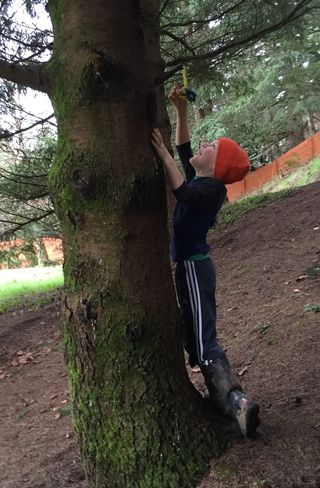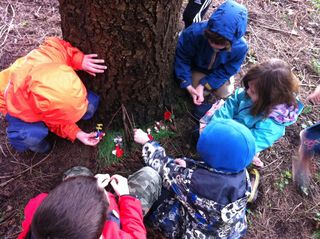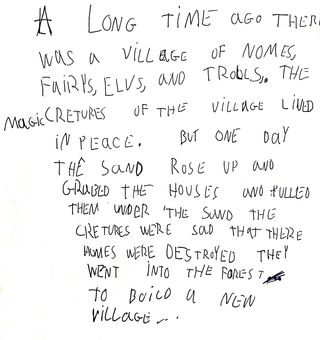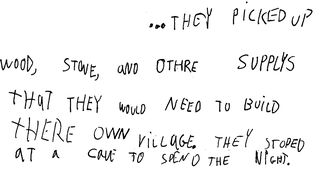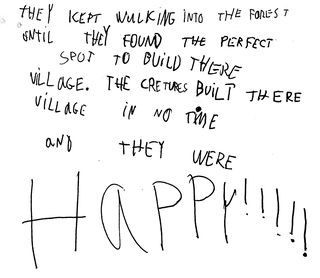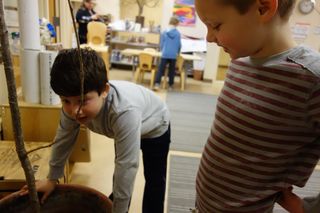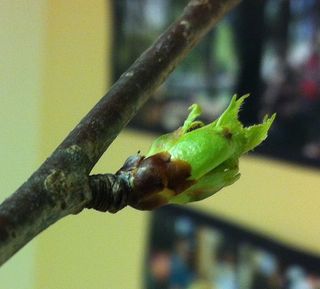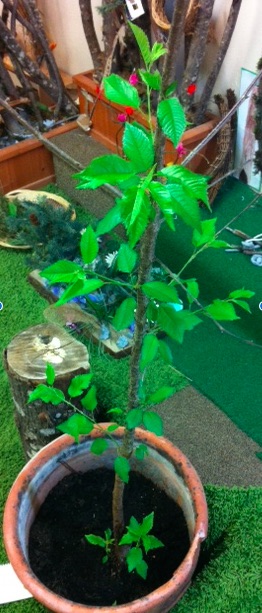In This Tree Lives Hope
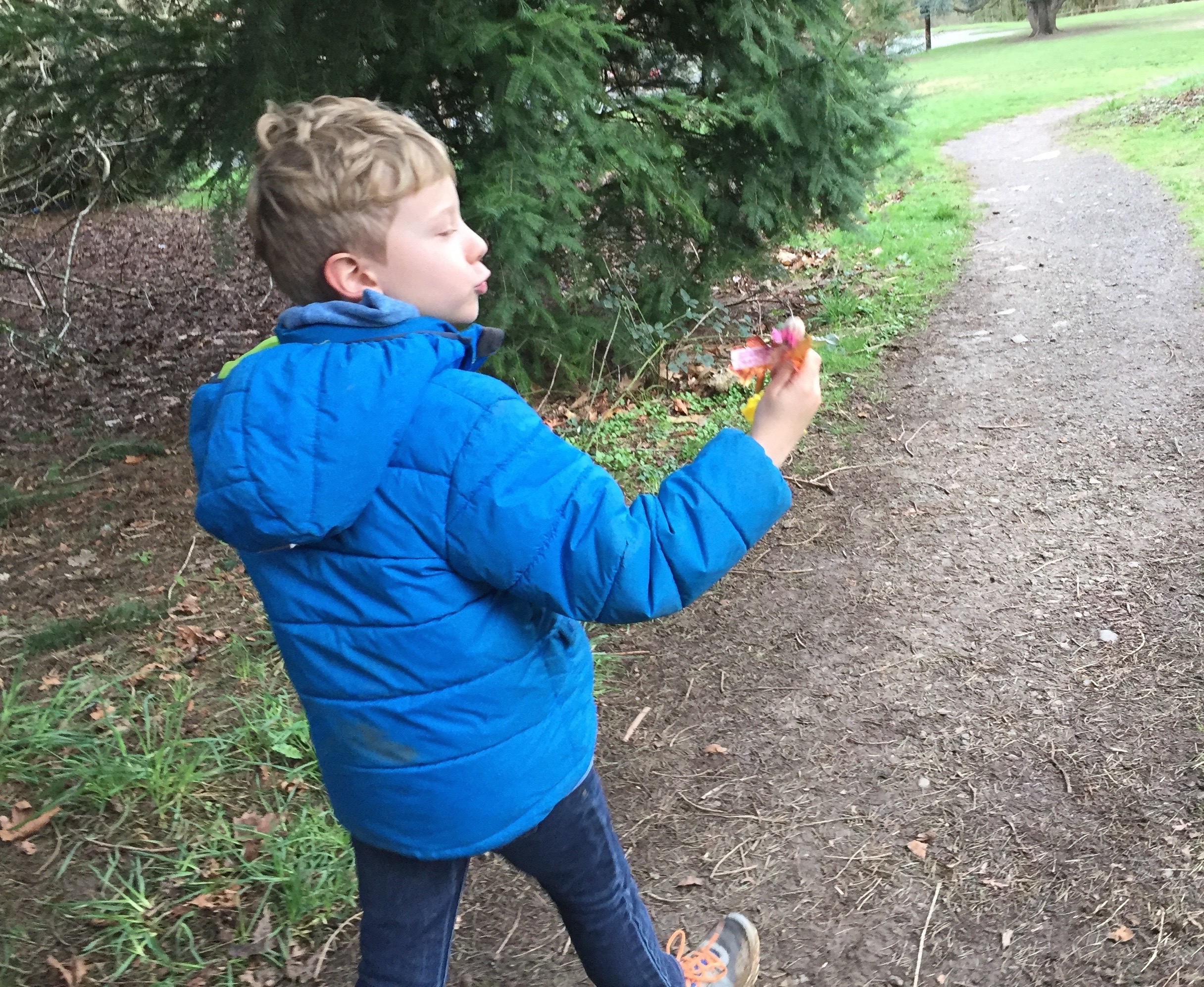
In the Magnolia Classroom community, the children have been focused on developing and learning to appreciate their connection to the natural world. They are practicing strategies for empathy and growing awareness of the reciprocal relationship that exists between nature and themselves. The story captured below is a window into this process.
One misty February morning, the Magnolia students set off for a hike into Hoyt Arboretum. It was a typical hike, except for the tiny stowaways hiding in the children’s pockets and hands. We had decided to bring our characters with us. We stopped on the edge of a landscape that was defined by its slope and forest of towering Douglas fir trees.
The children began to play with their characters on the landscape. They were searching for inspiration regarding how each of the characters had come to live in the village they were constructing together in the classroom. Where are the characters from? What are the characters’ stories? The children started exploring the space with their character by building houses for them. Then . . . slowly. . . the disequilibrium in the characters’ stories emerged. All had experienced some sort of tragedy in the place they once called home. Their old homes were no longer safely inhabitable.
The reasons varied from
earthquakes,
to fire,
to floods,
to wars,
to black magic that had cast the land into darkness,
to a sandstorm.
These stories are familiar to many people. Clearly informed by the tragedies they hear about in the world around them, the children’s play made me wonder about how tragedy is part of the human experience. I wondered: Are we all in search of a way to heal and survive in our broken and hurting world? Is play something children use to manage these stressors common to us all?
A few children explored a pile of branches while looking for timber to build their characters’ homes. They pulled on a branch and a rootball emerged with it from the pile.
GS: That is not a branch, it is a tree!
Sure enough, hiding in a pile of branches was a 5 foot tree whose top had been snapped off and roots laid bare. This tree, like many of the children’s characters, had experienced trauma and had been left behind to slowly die.
GS: Do you think we can bring it back?
Teacher: Back to the classroom?
GS: No – back to life. Why would they do this to a tree? We have to help it!
Teacher: How would we bring it back to life?
GS: We could put it in water like the seeds.
The children carefully carried the tree back to the school in hopes of reviving it. They were attentive to ensure that the remaining limbs and roots made it back unharmed.
Back in the classroom, we planted and cared for the tree. Everyday the children checked on the tree, watered it, read books to it, and talked to it.
One morning a tiny bud appeared on a branch.
Soon, a branch was covered with several buds and new roots began to grow out of the trunk. Today, the tree sits in the center of our village. It, like our characters, has found a new home and is thriving.
To me, this tree and the children’s relationship to it represents the truth that we have the power to change the course of history — because we are part of it. We make the world. The children made it happen – and now they have had a personal experience in doing just that. It will serve as a reference point for them going forward.
“We found him and we brought him back to life with all of our ideas.”
SM Age 8

